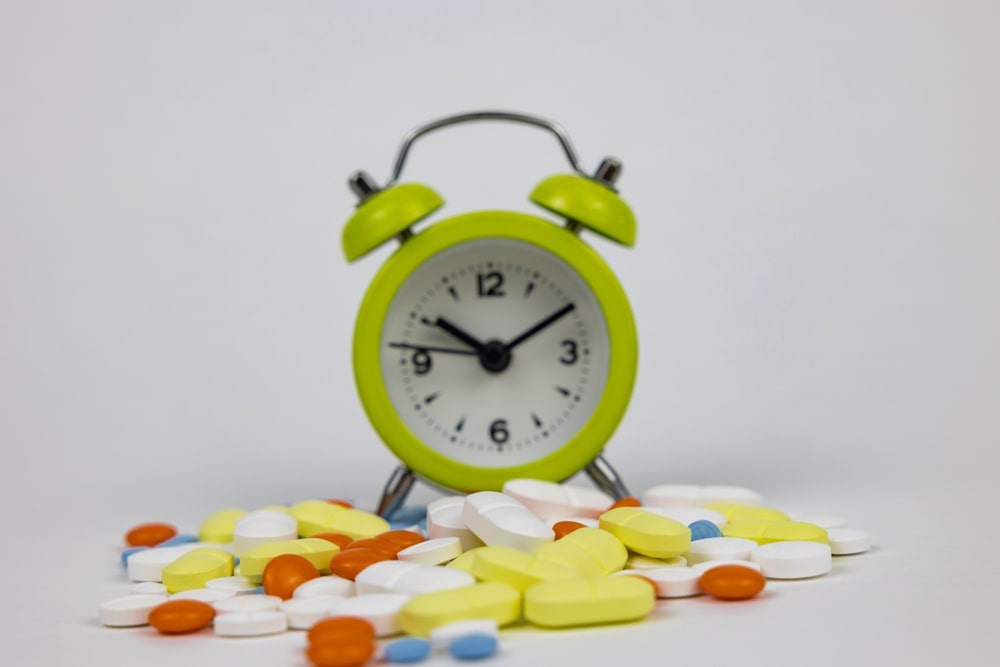• Educating the patients over old age people on the importance of identifying and managing disease conditions and identifying at-risk individuals by talking with them about lifestyle modifications.
• Recommending appropriate drug therapies to health
care professionals and ensuring patients with the right dose.
• Educating patients on why multiple medications may
be needed, how they work together, and why adherence to their therapies is so
important and providing self-monitoring equipment to patients and teaching them
how to use them properly.
• Giving the information to patients that each drug
and individual manner to help achieve their goals.
• Offering patient compliance aids like; patient
information leaflets, etc. to assist them in adhering to their therapy.
• Talking with patients about refilling drugs in the pharmacy.
• Advising patients to carry a personal medication
record (PMR) and develop a relationship with their pharmacist to help with
medication therapy adherence.
• Working closely with patients and their physicians
when patients require medication therapy changes.
• Reminding patients to take their medication
cautioning patients to see how they react to therapy before they drive, use
machinery, or engage in other tasks requiring alertness.
• Talk to their physician if they experience any
difficulty or if any symptoms get worse.
Education and Medical Intervention in Medication Adherence
• Ensure that patients know their medications by name,
dosage, and reason for a prescription; reinforce these points during every
clinic visit.
• Inform patients about the adverse effects of
drugs.
• Provide written instructions for each change in
medication dose or frequency.
• Reduce the number and frequency of medications.
Where possible, medications should be given either once or, at most, twice
daily.
• Ensure the patients understand that they need to
continue taking immunosuppressive agents even if the transplanted organ is
functioning well.
• Teach patients that chronic rejection is insidious
in onset, hard to diagnose in its early stages, and often not reversible once
established.
• Attempt to treat adverse effects by means other than
dose reduction.
• Inquire about problems during every clinic visit,
and address specific patient concerns.
• Monitor compliance with laboratory work, clinic
visits, and prescription refills.
Behavioral and Psychosocial Approaches to Medication Adherence
• Provide positive support to encourage adherent behaviors
during preparation for the transplant.
• Encourage the patient to demonstrate a track record
of medication adherence and knowledge.
• Encourage individual team members to develop
Sympathy and Empathy with the patient.
• Identify and involve a backup support system (family
or friends).
• Treat depression, anxiety, or other psychological
issues.
• Elicit a personal promise of adherence (e.g. a
written contract).
• Use a nonjudgmental approach to the discussion of
adherence.
• address social problems such as; insurance changes
or difficulties at school or work.
• Tailor interventions for non-adherence to its root
cause.
• Integrate taking medication into the daily
routine.
• Consider reminders such as digital alarms or
alerts.
• Provide ongoing education, discussion, and easily
accessible counseling.
Eight Steps to Improve Medication Adherence
• Consider medication non-adherence first as the
reason a patient’s condition is not under control.
• Develop a process for routinely asking about medication
adherence.
• Create a blame-free environment to discuss
medications with the patient.
• Identify why the patient is not taking their
medicine.
• Respond positively and thank the patient for sharing
their behavior.
• Tailor the adherence solution to the individual
patient.
• Involve the patient in developing their treatment
plan.
• Set patients up for success.
